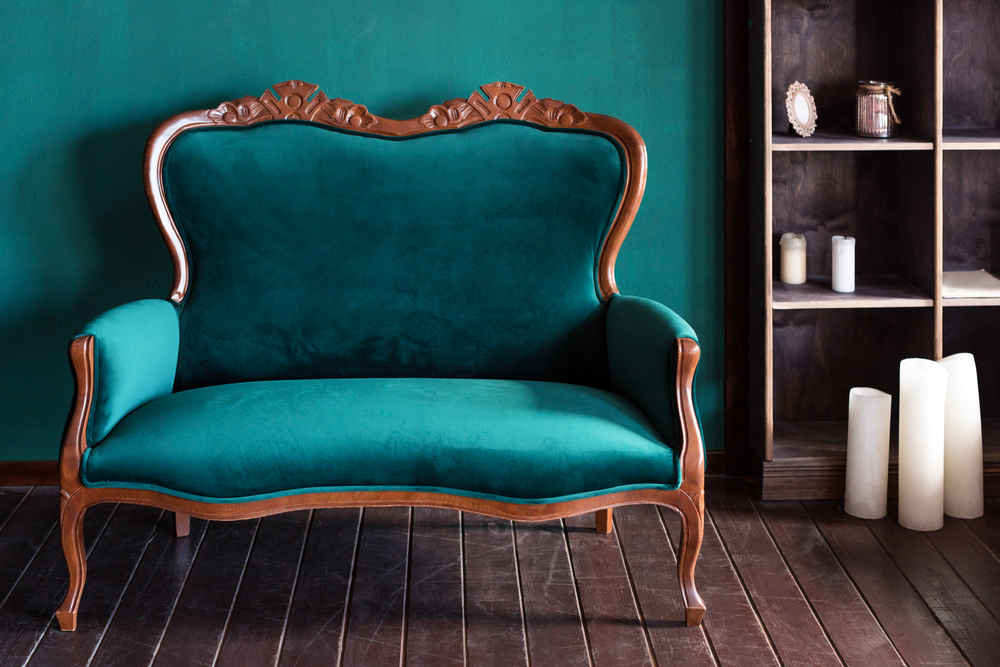Do you have a beloved piece of furniture that has seen better days? Don’t be quick to part with it just yet. Upholstery restoration is a remarkable process that can breathe new life into your old and worn-out furniture, transforming it into a stunning centerpiece once again.
Whether it’s a vintage armchair, a family heirloom sofa, or a statement ottoman, upholstery restoration can save cherished pieces from the brink of disposal. In this comprehensive guide, we’ll take you through the intricate journey of upholstery restoration, covering essential cleaning techniques, fabric repairs, and color restoration.
1. Assessment and Planning
Before embarking on an upholstery restoration project, take a careful look at the furniture in question. Assess its structural integrity, fabric condition, and overall design. Determine if the piece is a good candidate for restoration. This step is crucial in understanding the extent of the work required and setting realistic expectations.
2. Cleaning Techniques
Upholstery cleaning is often the first step in upholstery restoration. Dust, dirt, and grime accumulate over time and can dull the fabric’s appearance. Begin by vacuuming the furniture thoroughly, reaching into crevices and seams. For fabric-specific cleaning, it’s advisable to refer to manufacturer guidelines or seek professional advice. Testing a small, inconspicuous area before proceeding with any cleaning solution is also recommended.
3. Fabric Repair
Address tears, fraying, and loose seams before they worsen. Depending on your skill level, you can attempt minor repairs yourself using a sewing kit and fabric glue. For more complex repairs, especially on valuable pieces, consider consulting a professional upholsterer. They can match the original fabric, ensuring the repairs seamlessly blend with the overall design.
4. Color Restoration
Over time, exposure to sunlight and environmental factors can cause fabric colors to fade. Color restoration involves enhancing the vibrancy of the fabric’s hues. For fabric upholstery, you can explore fabric-safe dyes or color-enhancing products. Leather upholstery may require leather dyeing products to restore its original richness.
5. Reupholstering and Refinishing
In cases where the fabric is beyond repair or you wish to update the furniture’s aesthetic, reupholstering is an excellent option. Choose a fabric that complements the piece’s design and your interior décor. Professional reupholstering ensures a tailored fit and a polished appearance.
Refinishing wooden elements is another crucial aspect of upholstery restoration. Sanding, staining, and sealing wood components can revive their natural beauty. Ensure that the refinishing process aligns with the overall design theme of the piece.
6. Final Touches
As your upholstery restoration journey nears completion, pay attention to the finer details. Replace any worn-out buttons, studs, or decorative elements. This step contributes to the piece’s authenticity and visual appeal. And make sure to protect your upholstery from pets and other sources.
7. Maintenance and Care
Preserving your newly restored furniture requires consistent care. Regularly vacuum the upholstery, use appropriate fabric protectors, and keep the furniture away from direct sunlight to prevent color fading. Follow manufacturer recommendations for cleaning and maintenance.
Moving Forward
Upholstery restoration is a labor of love that rewards you with a revitalized piece of furniture, steeped in history and character. By following the steps outlined in this comprehensive guide, you can embark on a fulfilling journey of transforming your cherished furniture into stunning focal points that grace your living spaces for years to come.
If you’re uncertain about any step, don’t hesitate to consult professionals who specialize in upholstery restoration to ensure the best possible results. But you may be able to save on restoration with standard professional steam cleaning in El Cajon.
